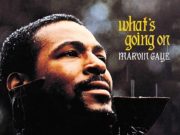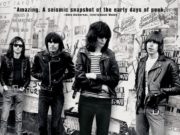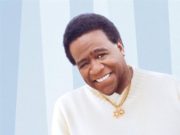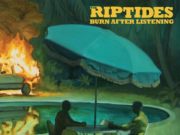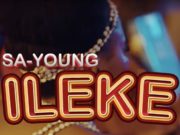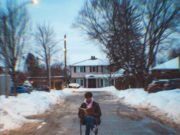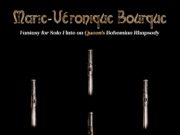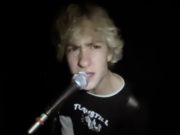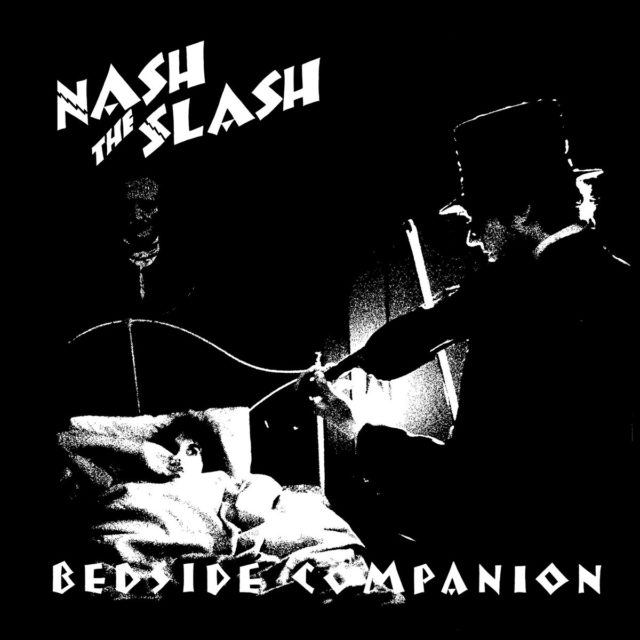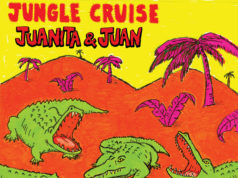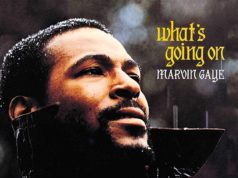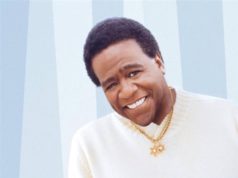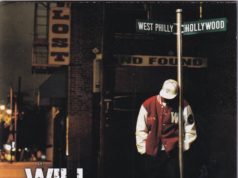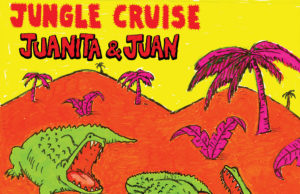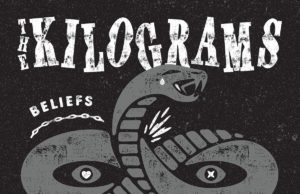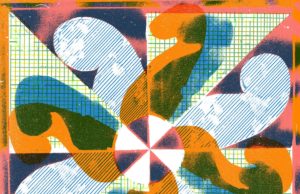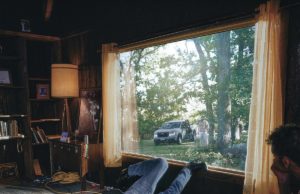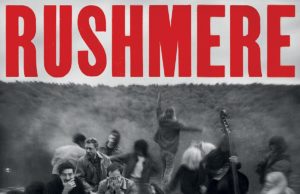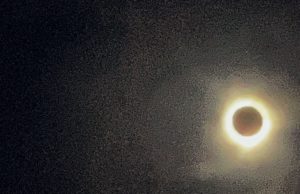 About two years ago I somehow saw a YouTube video of Nash The Slash performing Wolf live in Vancouver. I was transfixed. This was my gateway into his music — far too late to the party, but finally in attendance.
About two years ago I somehow saw a YouTube video of Nash The Slash performing Wolf live in Vancouver. I was transfixed. This was my gateway into his music — far too late to the party, but finally in attendance.
Since that time, I’ve acquired four of his albums, and kept two. Despite his obvious brilliance, I was on the fence about whether or not I was really and truly a fan. I love his breakthrough album, 1981’s Children Of The Night — on which Wolf is the opening track. The record was recorded at Pink Floyd’s Britannia Row studio and is a mix of his dark, repetitive instrumental material — like Wolf — and his goofier stuff like covers of 19th Nervous Breakdown and Jan & Dean’s Dead Man’s Curve, which was a single. Goofier still is a parody cover of Smoke On The Water called Dopes On The Water. I don’t love the goofy stuff as much. I kept Children Of The Night, but sold my copy of his more popular 1984 album, American Band-ages. I also got rid of So You Thought You Were Normal (1982) but kept the incredible one-man show live EP Hammersmith Holocaust (1980) recorded during a tour when he opened for Gary Numan.
I’d heard bits and pieces of other stuff, like his Nosferatu and Highway 61 soundtracks, but when I finally heard his debut — Bedside Companion — I knew I’d found my favourite Nash record.
The 1978 EP was released before Jeff Plewman started covering his face with bandages. His Nash act was only just coming together, and this indie release — on his own Cut Throat Records label — came months after he’d left the successful band he’d just formed a year earlier. That group, essentially a duo with keyboardist Cameron Hawkins, was FM. Their 1978 debut Black Noise was a surprise hit due to the popularity of the single Phasors On Stun and a favourable review in Rolling Stone. Nash left FM only months after Black Noise was released — initially on CBC Records, but repressed on GRT with different artwork as it became a hit. The CBC one, with its manhole cover artwork, is pretty valuable. The GRT one earned the band a gold record, which they were presented with after a gig at the old Ontario Place Forum — a 3,000-seat outdoor in-the-round concert venue featuring a 68-foot revolving stage. It was torn down in 1995 and replaced with the Molson Amphitheatre (now Budweiser Stage). By the time of the gold record presentation, Nash had been replaced by future k.d. lang collaborator Ben Mink. He would, however, rejoin his bandmates twice more — from 1983-’89 and from 1994-’96.
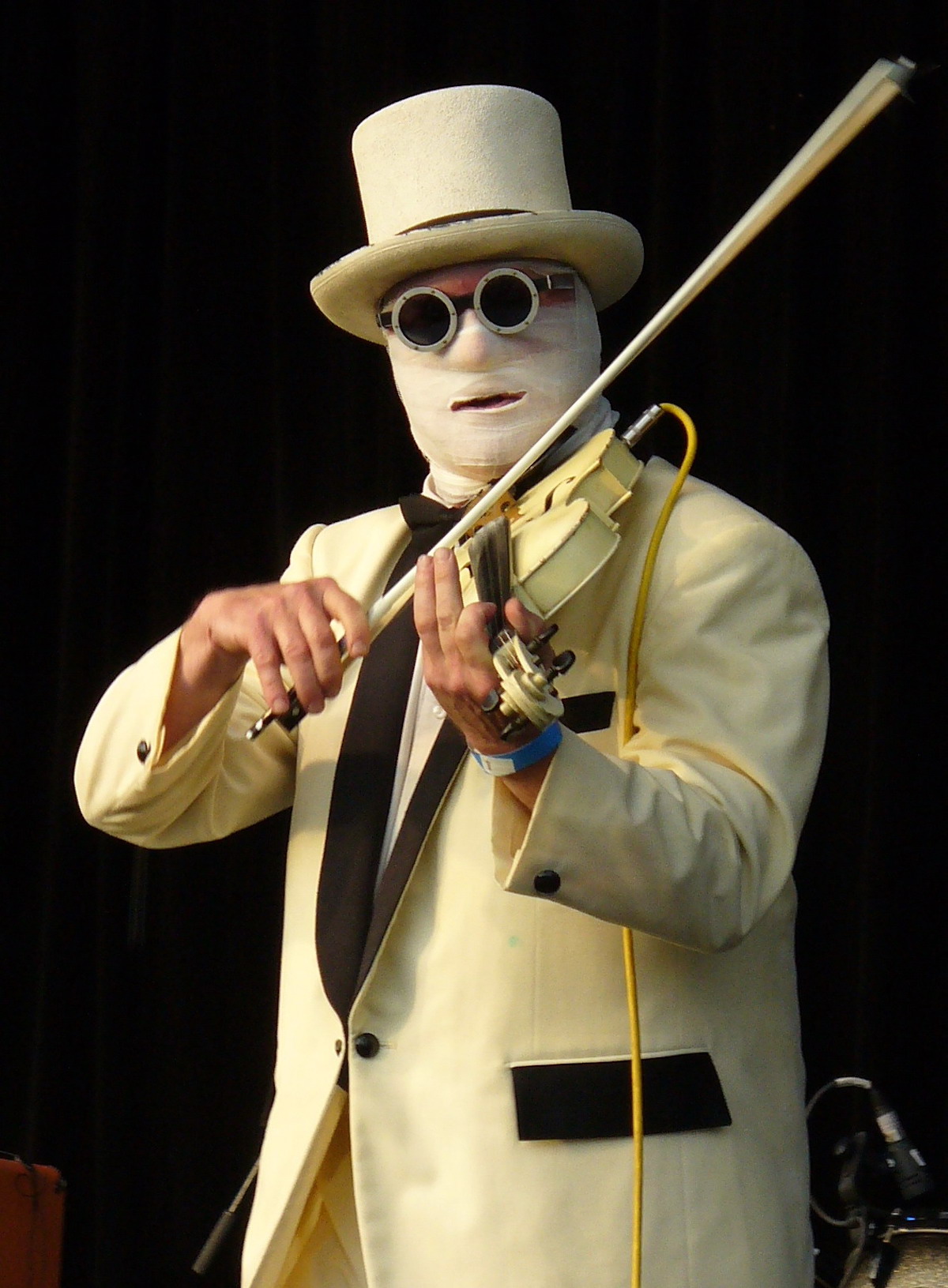
Bedside Companion wasn’t meant to be his first solo album. The plan was to release the soundtrack he’d composed for Luis Buñuel’s 1929 silent film Un Chien Andalou, which he’d first performed solo in 1975. But when he was presented with a test pressing of the recording, he wasn’t happy with it. So, he recorded the four-song Bedside Companion instead. The EP was issued on 12″ but is meant to be played at 45 rpm. When influential Toronto DJ Dave Marsden debuted the EP on Brampton’s CFNY, he mistakenly played it at 33 1/3 rpm. In later years, when the album was reissued on CD, it included additional versions of the songs, eached dubbed “Marsden Version” — with the songs slowed to 33 1/3. An example of Nash’s humour, but also Marsden’s influence. Marsden was the founder and program director at CFNY from 1977 to 1987, the station dubbed “The Spirit of Radio” — famously influencing drummer Neil Peart’s lyrics to the 1980 Rush song of the same name.
This idea of playing recorded music at different speeds stuck with Nash, who crafted his 1981 Decomposing EP to be played at any speed.
But back to Bedside Companion. Nash did everything on this. It’s his label, his money, his concept, he wrote it, produced it, and plays all the instruments — electric violin, mandolin, electronic drums and percussion, glockenspiel, and the Italian-made Elka Synthex, a polyphonic analog synthesizer.
The EP opens with Fever Dream, which sets the tone: Synth-pop that doesn’t have its sights on the charts. This overture-like, slow number has loads of left-right stereo panning, making you feel like you’re swaying. If you didn’t know better, you’d swear the layers of soloing were done on electric guitar — but it’s electric mandolin. The synth is pretty reminiscent of Brian Eno’s Another Green World stuff, or the music he made with Cluster.
Perhaps even more Eno-like is the next track, Masquerade. This one is more upbeat and has a fantastic rhythm bassline part played on synth which sounds like something lifted straight out of a Gameboy. The melody, like the one in Fever Dream, is quite catchy, accessible and likeable. On the original vinyl, Blind Windows opens the second side with its long soundscape before its repeating syth pattern kicks in — panning back and forth in a way that builds tension. A second and third layer of repeating synths are placed on top, panning back and forth in opposition to the first one. There’s not as much melody with this one, but there is a definite hook in the repeating synth lick. Towards the end of the track. it gets even cooler as Nash adds chunk-chunk-chunk parts, a la heavy metal, on a fuzzed-out electric mandolin.
The album closer, The Million-Year Picnic brings it all together. It’s all at once poppy and weird, dark and menacing, Taking Tiger Mountain-era Eno-esque, catchy and clever. I keep mentioning Eno, but it needs to be said that more than anything, this sounds like Nash The Slash. He found his sound early, and it is still as unique now as it must have been in 1978 when most Canadians were listening to the Grease and Saturday Night Fever soundtracks, along with Billy Joel and Meat Loaf.
Plewman clearly had talent to spare, and could have made music like any of those. He chose instead to be an artist and did it all himself with his own risks and rewards. Plewman died in Toronto in 2014, aged 66. A biographical documentary has been made, but needs funds for post-production work. You’ll find ways to contribute to Nash The Slash Rises Again HERE.
The version of Bedside Companion on Spotify is the 2016 remaster by Artoffact Records, which includes the Mardens Versions, but I prefer the intended 45 rpm speed regular versions:
• • •
Area Resident is an Ottawa-based journalist, recording artist, music collector and re-seller. Hear (and buy) his music on Bandcamp, email him HERE, follow him on Instagram and check him out on Discogs.




